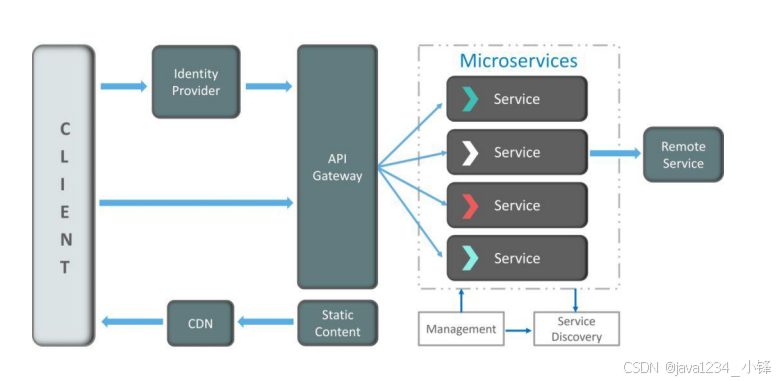在Spring Boot中,自定义事件和监听器是一种强大的机制,允许你在应用程序的不同部分之间进行解耦通信。你可以定义自定义事件,并在需要的时候发布这些事件,同时让其他组件通过监听器来响应这些事件。
以下是如何在Spring Boot中创建和使用自定义事件的基本步骤:
1. 定义自定义事件
首先,你需要创建一个类来表示你的自定义事件。这个类通常继承自ApplicationEvent或ApplicationEvent的子类(如PayloadApplicationEvent),并添加你需要的属性。
import org.springframework.context.ApplicationEvent;
public class MyCustomEvent extends ApplicationEvent {
private String message;
public MyCustomEvent(Object source, String message) {
super(source);
this.message = message;
}
public String getMessage() {
return message;
}
}
2. 创建事件发布者
你可以在任何Spring管理的bean中发布自定义事件。通常,你会注入ApplicationEventPublisher或ApplicationEventPublisherAware接口来实现这一点。
import org.springframework.beans.factory.annotation.Autowired;
import org.springframework.context.ApplicationEventPublisher;
import org.springframework.stereotype.Service;
@Service
public class MyEventPublisher {
@Autowired
private ApplicationEventPublisher applicationEventPublisher;
public void publishEvent(String message) {
MyCustomEvent customEvent = new MyCustomEvent(this, message);
applicationEventPublisher.publishEvent(customEvent);
}
}
3. 创建事件监听器
接下来,你需要创建一个类来监听你发布的自定义事件。你可以使用@EventListener注解来标记监听方法。
import org.springframework.context.event.EventListener;
import org.springframework.stereotype.Component;
@Component
public class MyEventListener {
@EventListener
public void handleCustomEvent(MyCustomEvent event) {
System.out.println("Received custom event - " + event.getMessage());
// 处理事件的逻辑
}
}
4. 发布事件
最后,你可以在你的应用程序中的任何位置发布事件。例如,在一个控制器中:
import org.springframework.beans.factory.annotation.Autowired;
import org.springframework.web.bind.annotation.GetMapping;
import org.springframework.web.bind.annotation.RestController;
@RestController
public class MyController {
@Autowired
private MyEventPublisher myEventPublisher;
@GetMapping("/triggerEvent")
public String triggerEvent() {
myEventPublisher.publishEvent("Hello, this is a custom event!");
return "Event triggered!";
}
}
5. 运行应用程序
启动你的Spring Boot应用程序,并访问/triggerEvent端点。你应该会在控制台中看到事件监听器打印的消息。
总结
通过以上步骤,你可以轻松地在Spring Boot应用程序中创建和使用自定义事件。这种机制非常适合用于跨模块通信、异步处理以及实现观察者模式等场景。



















